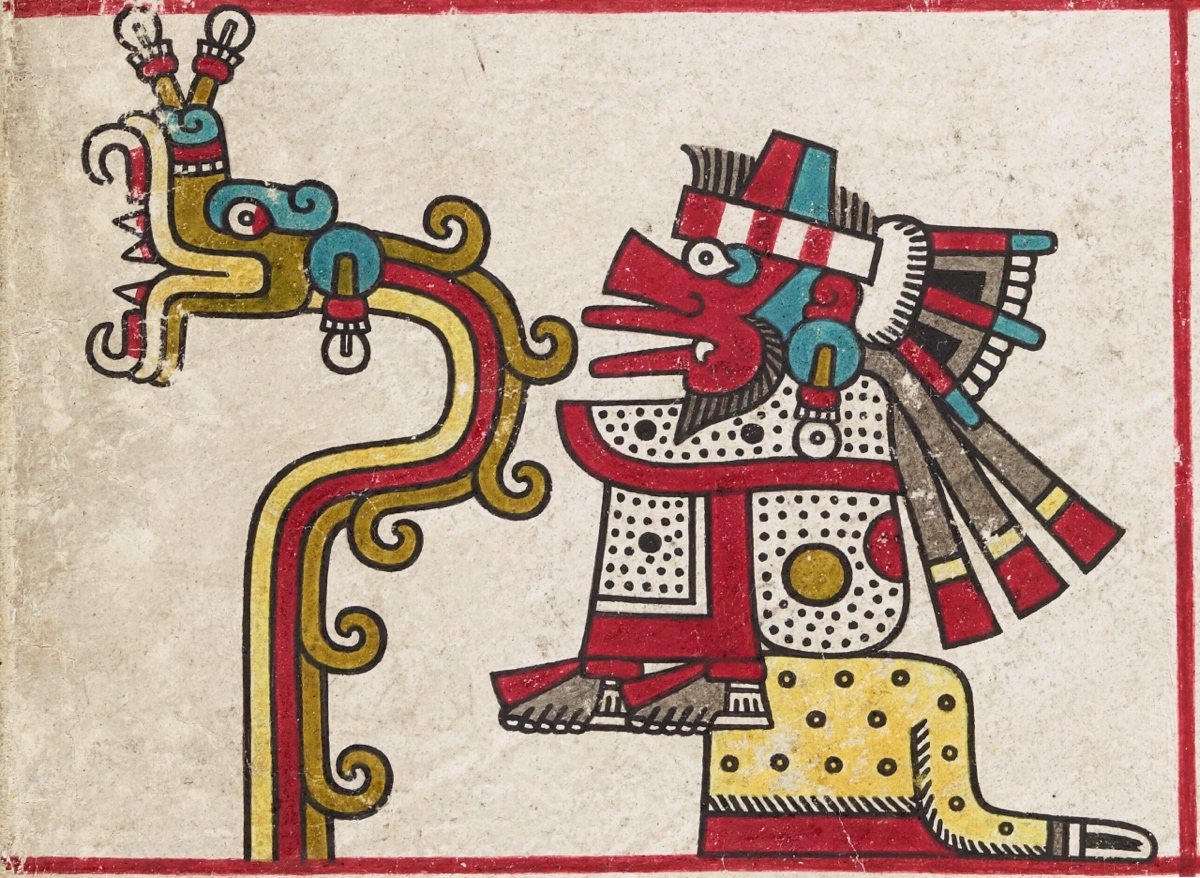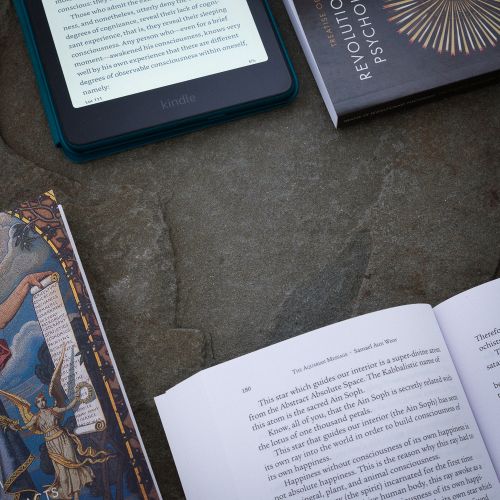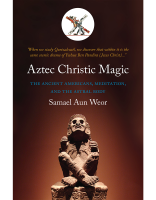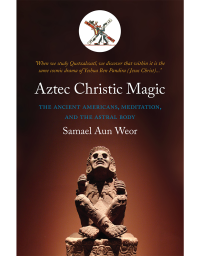Even though we can see our culture all around us and within us, it is impossible to quickly and accurately summarize our modern culture in a few words. Thus, logically, it is unlikely that we could quickly or accurately understand cultures that were destroyed hundreds of years ago; and how much harder is it when those destroyed cultures have been mocked, denigrated, and ridiculed by those who destroyed them? Nevertheless, there is great knowledge to be had if we are patient enough to learn and willing to purge ourselves of the prejudices we have inherited.
The people who inhabited America before our contemporary civilization were as complex, intelligent, and lovely as any who live today. Their cultures were as varied, contradictory, and expressive as any we have known. They were great artisans, poets, warriors, thinkers, astronomers, mathematicians. Yes, like our beloved Greeks and Romans, the ancient Americans degenerated. There were human sacrifices, wars, and slavery, and there were also those who opposed those actions, just as today there are those who oppose the terrible things being done now in the name of justice, God, or “freedom.” What the Spanish did to the ancient Americans was worse than anything the ancient Americans did. We, the people of today, have committed even worse atrocities, with our world wars, genocides, atomic bombs, concentration camps, our poisoning and degradation of the planet, etc. Yet, just as you yourself do not feel that those crimes reflect who you are or your value as a person, the crimes and mistakes of the ancient American elites do not reflect the value of the rest of their knowledge, culture, or spirituality. Yet, sadly, for centuries the world has foolishly condemned the ancient Americans as wholly brutal, uncivilized, and unworthy of remembrance.
This is part of what Samael Aun Weor sought in writing these books: to restore the ancient Americans to the stage of world history as being as interesting and compelling as any civilization from the rest of the world. Truly, they are.
In addition, he brilliantly showed what he taught throughout his books: that there is one, universal religion, and what we call religions are just derived from it. Thus, at its heart the mysticism of the ancient Americans is completely in harmony with the mysticism of the Buddhists, Christians, Greeks, Jews, Hindus, and so on, and when we study them all, we start to see the place they come from. One beautiful place to see that for yourself is in the most important story of the ancient Americans...

The Story of Quetzalcoatl
The god above gods known as “The Morning” descended upon the virgin Chinmalman and breathed upon her, and she conceived. She died upon giving birth, and went to the heaven of heroes who died in battle and women who died in childbirth.
Her son Quetzalcoatl was born able to speak and was filled with knowledge and wisdom. He was fair skinned and when grown had a white beard. He became the priest-king of Tollan1 and brought the nation great prosperity and peace. He taught his people all the arts, music, and dance; he established the priesthood and created the Aztec calendar; he reformed the religious practices and outlawed human sacrifice; he domesticated animals, discovered maize, and more.
His temple-palace was of four sections: the East was golden; the South was white with shells and pearls; the West, blue of turquoise and jade; and the North, red of bloodstone. A giant river that flowed through Tollan passed directly under this palace so that Quetzalcoatl could descend every night to bathe in its pure waters.
After a lifetime work for his people, the time came for his predestined fall and he did not evade it.
The reforms that he had brought had made him many enemies. Those who practiced human sacrifices plotted to do away with Quetzalcoatl, but they knew that if they killed him he would gain more followers so they planned to discredit him.
To his palace came a young magician named Tezcatlipoca carrying a mirror wrapped in rabbit skin (the animal who is seen in the Moon). He said to the palace servants, “Tell your master I am here to show him his own flesh.”
When Quetzalcoatl received him, the youth uncovered the mirror and said, “Look upon yourself! See yourself as you are seen!”
When Quetzalcoatl saw his aged and sore-ridden face, he was appalled and wondered how any could see him without shock.
Tezcatlipoca had brought a potion made from the agave plant by the goddess Mayahuel (the alcoholic drink pulque); he offered it the aged king and said it would make him young again, but Quetzalcoatl claimed he was ill and would not drink it. But Tezcatlipoca pressed him merely to taste it with the tip of his finger; he did so, and was overcome. He took the bowl and drank and became drunk. He then called for his sister Quetzalpetlatl who also drank of the potion and was overcome. The two then sank together in a fit of drunken passion, and Quetzalcoatl fell into disgrace.
At dawn, the humiliated king said, “I have sinned. I am not fit to rule.” He burned his palace, buried his treasures in the earth, and left.
“And so greatly did (the Toltecs2) believe in their priest Quetzalcoatl, and so greatly obedient and given to the things of their God, and so fearful of God, all believed in Quetzalcoatl when he left Tula... And so much did they trust Quetzalcoatl that they went with him; they entrusted upon him their wives, their children, their sick ones. They stood up, they set off, the old men, the old women, no one ceased to obey; all set off.” —Chimalpopoca Codex
After awhile, he stopped to rest and looked back at the City of the Sun, Tollan, and he wept. His tears went into the rock, and he left there an imprint of his sitting and his palms.
In his journeys, he had many adventures and misfortunes. Most notably, he made an arrow of a pochotl tree and fired it into another pochotl tree, forming the sign of Quetzalcoatl: a cross.
Thus he passed though the land leaving many signs and marks behind him until he arrived at the place where the land, sky, and water come together. He then sailed away on a raft of serpents. In another version of the story he cast himself into a funeral pyre; from the burning body his heart escaped, and after four days he reappeared as the Morning Star (Venus).
“I Jesus have sent mine angel to testify unto you these things in the churches. I am the root and the offspring of David, and the bright and morning star.” —Revelation 22:16
From then it was said that he would return from the East with a fair-faced retinue to resume his reign, restoring Tollan to its lost glory.







